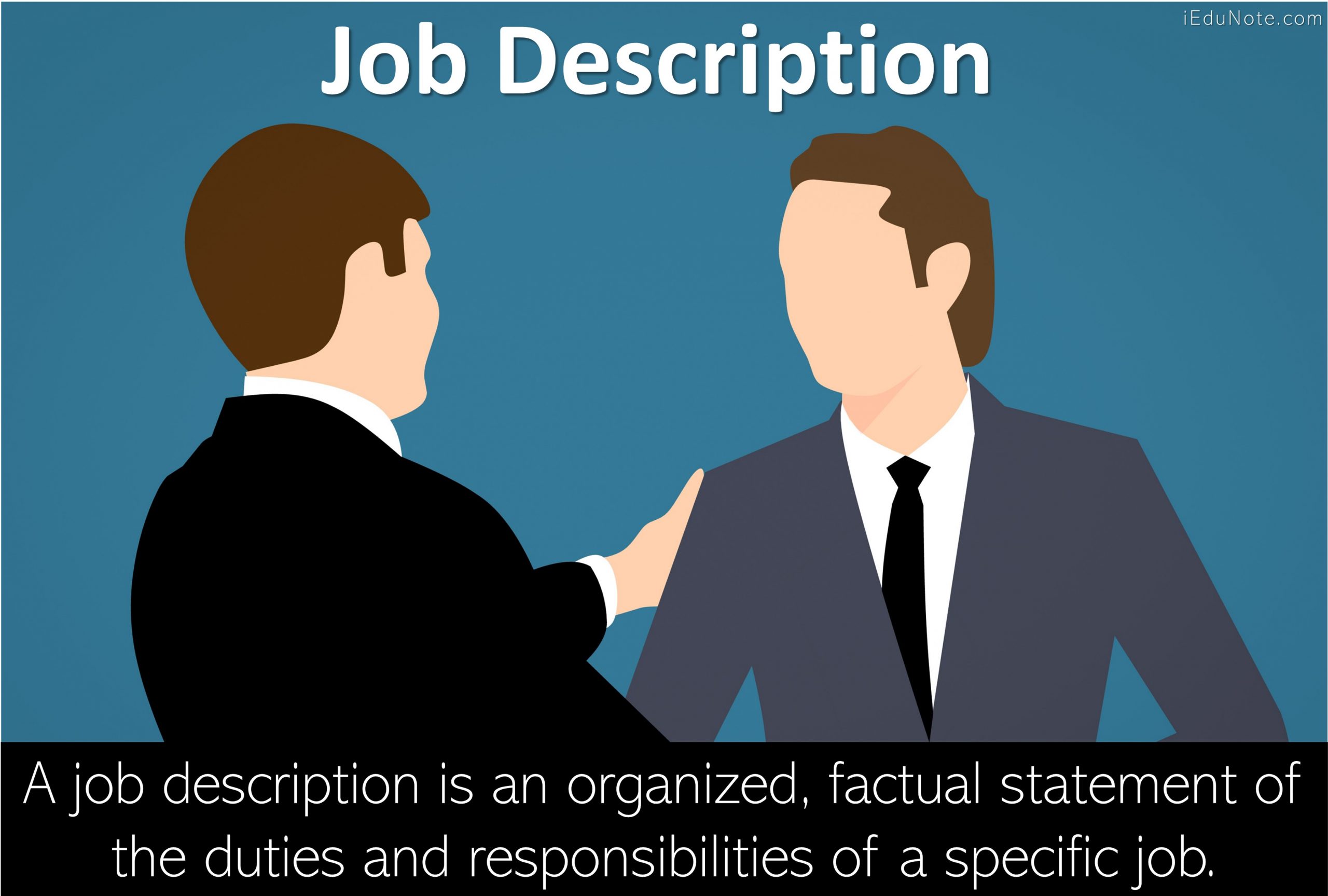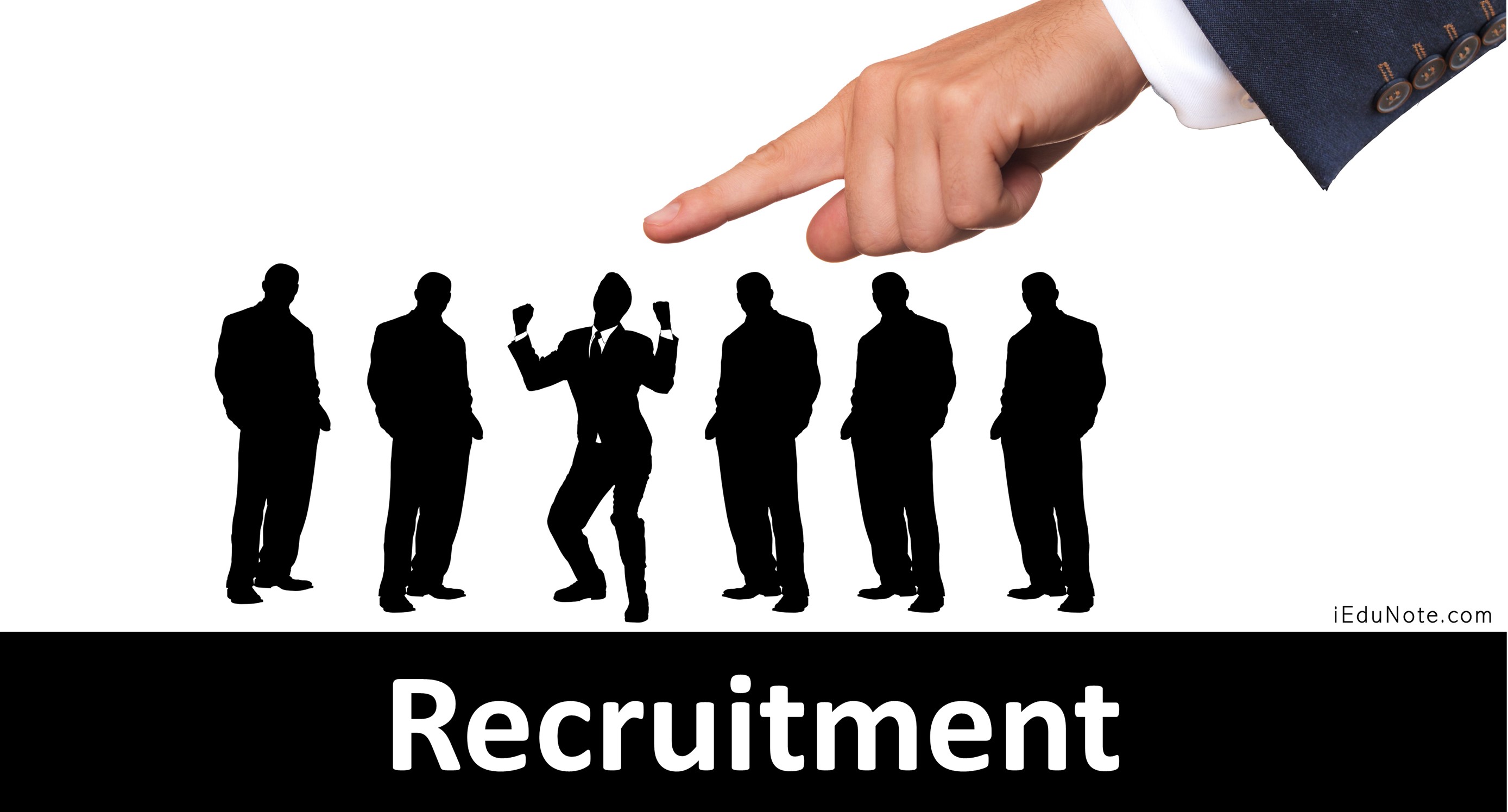The rapidly transforming business landscape means that there are currently many human resource management challenges that will continue to evolve for years to come. HR managers are facing many challenges these days.
Why Human Resources Management Face Challenges
The field of HR management is undergoing transition because organizations themselves are changing. HR managers who encounter these challenges use their leadership skills and expertise to avert issues that might arise from these challenges.
Human resource management is affected by internal and external changes in the environmental forces as it operates in an open environment.
It operates in a dynamic environment; hence, the change may create opportunities and threats for the organization.
The main issue behind human resource management challenges is the emerging trends in the organizational environment and policies/procedures to encounter such issues to achieve organizational objectives.
The ever-changing external and internal environment poses various challenges to human resource management. Its primary concern is how to deal with people in the organization.
3 Dimensions of Human Resources Management Challenges
Due to this ever-changing socio-economic, technological, and political condition. HR managers will face more problems in future workforce management.
- Environmental Challenges
- Organizational Challenges
- Individual Challenges
Environmental Challenges
Environmental challenges refer to forces and institutions that are beyond access to management. These forces are external to the organization and beyond the control of management.
Hence, managers face difficulties in managing such environmental issues. Environmental challenges consist of the following factors:
- Globalization Movement.
- Change in Economic Outlook.
- Change in Political Environment.
- Change in Socio-cultural Environment.
- Change in Technological Environment.
Organizational Challenges
Organizational challenges are internal to the firm; often, they are the by-product of environmental challenges. The management controls these issues and can be managed by efficient management.
Moreover, we review the components of the company’s specific environment under organizational challenges. It consists of the following aspects:
- Workforce Diversity.
- Organizational Objectives.
- Downsizing.
- Business Process Re-engineering.
- Decentralization.
- Management of Human Relation.
- Computerized Information System.
Individual Challenges
These forces are related to the personal aspect of the organization. It includes all the complexities raised due to organizational interaction with people.
These are similar to organizational challenges but are primarily concerned with the individual. Some of its components are as follows:
- Brain Drain.
- Individual Norms and Values.
- Mobility of Professional personnel between organizations.
- Aspirations of Employees.
11 Challenges That Human Resources Management Face
Human resource experts have identified 11 challenging issues in the HR department:
- Changing the Mix of the Workforce.
- Changing Values of the Workforce
- Changing Demands of Employees
- Changing Demands of Environment.
- Introduction of New Technology
- Changing Market
- Changing Goals of Business
- Outsourcing
- Discrimination
- Conflict Resolution
- Change Management
- How to Face the challenges of HRM
Changing the Mix of the Workforce.
One of the most important challenges currently facing HR managers is adapting to people who are different.
The term we use for describing this challenge is workforce diversity. Workforce diversity means that organizations are becoming a more heterogeneous mix of gender, age, race, ethnicity, and gender orientation.
Contemporary workforces have diverse backgrounds. Women’s participation in the job market is increasing significantly.
For example, from long-confined to low-paying temporary jobs in Japan, women are moving into managerial positions.
A growing number of women seeking employment are likely to affect many aspects of HRM, including how a company recruits workers, work conditions, and employee relations.
The increased prevalence of single-parent households and dual-career couples puts tremendous pressure on women and men to balance their work, family, and personal responsibility.
Women are entering various occupations, such as legal, medical, defense, and business. Gender-role boundaries are weakening.
Older people are predicted to be a larger percentage of the population.
Older employees may be less flexible than younger workers and motivated by factors other than money.
Among the major changes in the mix of personnel entering the workforce are increased numbers of minorities entering occupations requiring greater skills, increasing levels of formal education for the entire workforce, more female employees, more married female employees, and more working mothers.
A diversified workforce is also an opportunity for an organization. Many companies now realize the advantages of a diverse workplace.
As more and more companies are going global in their market expansions either physically or virtually (for example, ecommerce related companies), there is a necessity to employ diverse talents to understand the various market niches.
He/she must consider how a diverse workforce can enable the company to attain new markets and other organizational goals to harness the full potential of workplace diversity.
Changing Values of the Workforce
New generation workforces are more educated and prefer challenging jobs. New research suggests that employees tend to hold inflated and unrealistic expectations about work (Wanous, 1998).
High expectations can produce anger, frustration, disappointment, and dissatisfaction if work experiences do not align with values and expectations.
Changing Demands of Employees
The demand for new employees is different from that of their predecessors.
Contemporary employees are happy with the money; they demand more freedom and autonomy in the workplace. They are more concerned about intrinsic motivational factors such as challenging jobs, recognition, and appreciation.
They want more time for leisure, recreation, and self-development. They would like to balance work life and family life.
High-quality job performance on challenging autonomous projects may be more important to many employees than receiving a promotion.
Family-responsive organizations will increasingly provide a more flexible work schedule, part-time employment, opportunities for job sharing, and childcare arrangements to retain employees experiencing extensive work-family conflict.
Changing Demands of Environment.
The working environment is becoming more unstable, turbulent, and dynamic. The modern working environment is characterized by globalization, increased competition, government legislation, and technological innovations.
New jobs are being created, and new jobs require more education and skills.
For example, it has been observed that automation and JIT manufacturing mean that even manufacturing jobs require more reading, mathematics, and communication skills than before.
Thus, it is clear that there is a growing emphasis on knowledge workers and, therefore, on human capital. Human capital refers to employees’ knowledge, education, training, skills, and expertise.
Introduction of New Technology
New technology may lead to retraining or the need to recruit workers with specialist skills.
For example, many former typists have become computer operators by introducing computer systems for storing, retrieving, and presenting the information.
Telecommuting and remote reporting relationships are becoming the norm rather than an anomaly. Flexible work schedules are ways to improve productivity for some employees.
Competition from other firms for workers may affect the labor supply available to a business.
If competitors offer high wages to workers with specialist skills, a business may have to raise wages to recruit the staff it needs.
Government legislation on minimum wage, working hours, and equal opportunities has affected businesses’ wage costs and recruitment and selection procedures.
Changing Market
Changes in the purchasing pattern of consumers may affect the demand for labor. Changes in the economy can also affect human resource planning.
In a recession, a business will likely reduce its workforce as demand for its products falls.
Changing Goals of Business
The goal of business can affect the demand for labor. Suppose a chemical company, for example, decided that the most effective way to increase profits was to become more market-oriented. In that case, this will likely change the personnel the business needs.
There would be a need for employees with marketing research skills or training on how to promote products.
Outsourcing
Hiring another firm to complete work that is important and must be done efficiently is the practice of hiring another firm.
Outsourcing refers to companies giving work to independent contractors outside the company rather than in-house employees.
Outsourcing is a major part of HRM’s role in a company. Many companies hire freelance workers to complete additional tasks rather than take on salaried employees in-house.
When outsourcing, HR managers do not need to consider overheads like taxes, medical insurance, working equipment cost, or benefits, as the freelancers themselves meet these.
Discrimination
HR managers must create a workplace free from any discrimination.
Many countries have laws that make various forms of discrimination in the workplace illegal. Hence, HR managers must perform their activities to follow legal and business standards.
Since more employees are aware of their rights, a modern HR department may need to handle a potential increase in discrimination complaints.
Conflict Resolution
Interpersonal conflict between coworkers and disagreement between employees and supervisors may happen for many reasons.
It is common for HR managers to investigate verbal and physical harassment complaints, and they must need to resolve conflicts before they become serious or harmful.
Change Management
Change management represents a particular challenge for HRM. An intensified focus on training may be needed to develop added competencies to manage change.
The role of the HR manager must parallel the needs of the changing organization.
Successful organizations are becoming more adaptable, resilient, quick to change directions, and customer-centered.
Within this, the HR professional must learn how to manage effectively through planning, organizing, leading, and controlling human resources and being knowledgeable of emerging training and employee development trends.
How to Face the challenges of HRM
Based on the various issues and challenges, the following suggestions will be of much help to the philosophy of HRM regarding its futuristic vision:
- There should be a properly defined recruitment policy that should focus on the professional aspect and merit-based selection.
- Every decision-making process should have proper weight because employees are involved wherever possible. It will ultimately lead to a sense of team spirit, teamwork, and inter-team collaboration.
- Opportunity and a comprehensive framework should be provided to express employees’ talents and manifest potentialities fully.
- Networking skills of the organizations should be developed internally and externally as well as horizontally and vertically.
- For performance appraisal of the employee, emphasis should be given to 360-degree feedback based on the review by superiors, peers, and subordinates, and selfreview.
- 360 degrees feedback will further lead to an increased focus on customer services, creating a highly involved workforce, decreased hierarchies, avoiding discrimination and biases, and identifying performance thresholds.
- More emphasis should be given to Total Quality Management. TQM will cover all employees at all levels; it will conform to customers’ needs and expectations; it will ensure effective utilization of resources and lead to continuous improvement in all spheres and activities of the organization.
- There should be a focus on job rotation so that the vision and knowledge of the employees are broadened, and the potentialities of the employees are increased for future job prospects.
- For proper staffing utilization in the organization, the concept of the six sigma of improving productivity should be intermingled with the HRM strategy.
- The capacities of the employees should be assessed through a potential appraisal for performing new roles and responsibilities. It should not be confined to organizational aspects only, but the environmental changes of political, economic, and social considerations should also be considered.
- The employees’ careers should be planned so that the individualizing and socializing processes come together for the fusion process, and career planning should constitute human resource planning.





